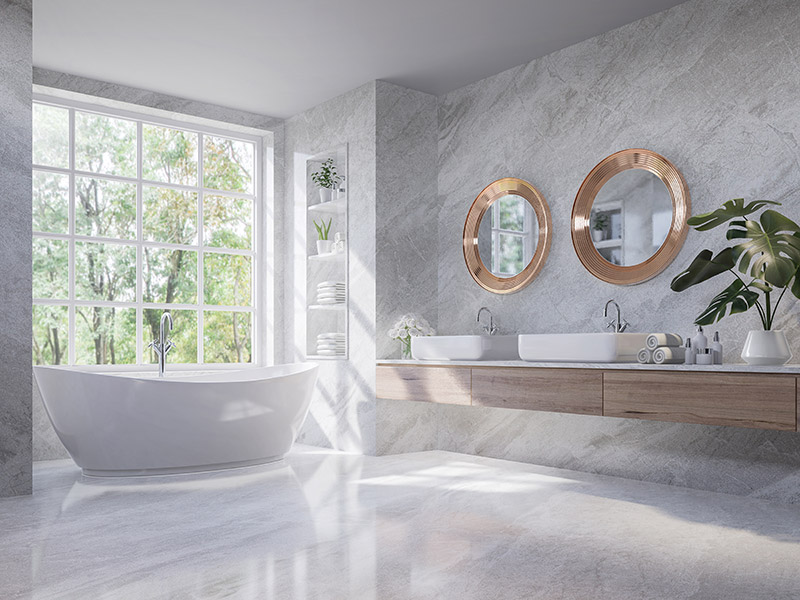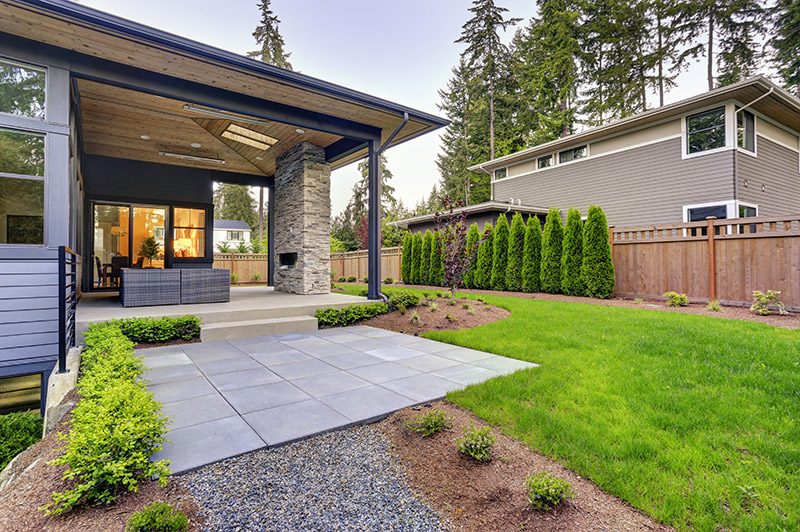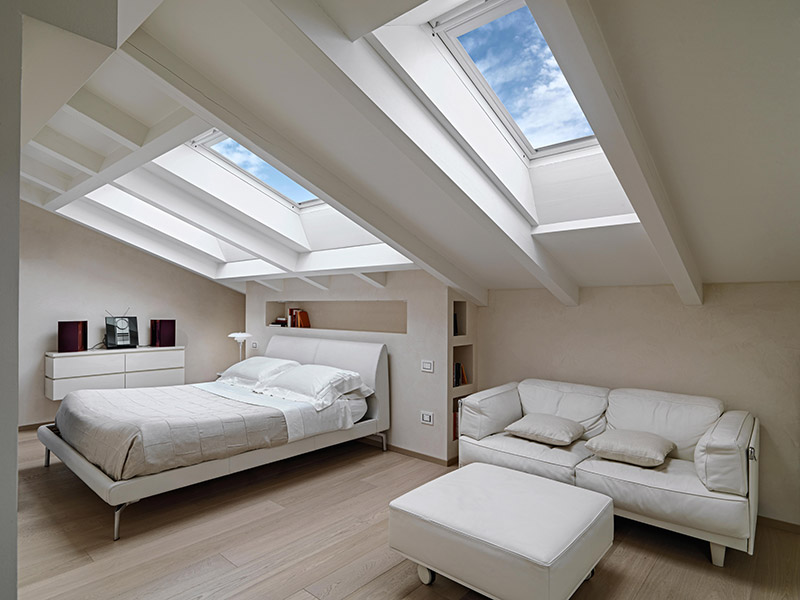Winter shines a light on brighter property investments
Little or no sunlight can be grounds for rejecting a property for investment purposes and can mark down the value of a property by several tens of thousands of dollars.
As we move into the winter months, natural sunlight becomes a more precious commodity - especially when it comes to property investment.
We all love a property with sunlit rooms and conventional wisdom intones that such a property will be more valuable than a darker one, all other things being equal. But when selecting a property, what weight should an investor attach to good natural light, and is some light better than other?
As a southern hemisphere land, the sun sits in the north of the Australian sky, travelling an arc each day from the east at sunrise to the west at sunset.
Consequently, north-facing rooms receive more unshaded light over the day than their south-facing counterparts.
This advantage is accentuated on winter days due to the sun’s lower trajectory in those months, leaving many south-facing locations in shade much of the time.
Estate agents’ sales literature will rave about properties with north-facing gardens because experience shows that buyers gravitate towards a well-lit outside area and adjoining entertaining rooms.
In some respect, the ‘north-facing garden’ has become shorthand for an ideally sunlit property.
The reality is more complex than that.

Natural lighting is highly regarded in bathrooms.
There are some rooms where good sunlight is more important – bathrooms for instance. For women, applying make-up in a sunlit bathroom is much preferred to artificial light, the same for men when they shave. In contrast, no one worries about a dark loo.
As well as light, the sun also brings heat. In winter and spring, sunlight streaming through a window can be delightfully warming. But on a hot summer’s day, a sunlit room can feel as hot as a glasshouse.
Typically, the sun’s heat is most intense and persistent in the afternoon and even well into the evening during the longest days of the year. Rooms with north-west facing windows can swelter in these conditions.
Apartments often in need of some light relief
Often you want light without heat, such as in bedrooms and living spaces. You certainly do not want western light upon a wall where artwork hangs as the hot, bright, sustained light denigrates canvasses over time.
So, when assessing a property, buyers will want to consider the floorplan and look at the orientation of various rooms, rather than just the aspect of the garden or the front of the property.

Block orientation is an important determinant of how outdoor spaces will be best utilised.
Overall, as long as a property receives a reasonable amount of light over the course of a cloudless day – be it northern, easterly or westerly light – don’t reject a property because the aspect isn’t perfect. To do so would be to overstate the significance of aspect on investment outcomes.
Little or no sunlight can be grounds for rejecting a property for investment purposes and can mark down the value of a property by several tens of thousands of dollars.
The issue is more prevalent with apartments and especially high-density apartments in high-rise blocks.
Disturbingly, it is increasingly common for high-rise apartments to include one or more bedrooms without a window to the world.
Renovations can lift the gloom
Even when investing in older-style apartments in smaller blocks, many units fail because they are shaded, with ground-and lower-floor apartments overrepresented in that category.
Rejecting a property because it is gloomy is often an open-and-shut case. As soon as you walk into the property it can be clear the place is beyond redemption.
Occasionally, the problem can be remediated. Options include installing more windows and skylights, replacing solid wooden doors with glass-filled ones, hanging mirrors to reflect light into dark corners and using pale colours for walls and floors. Note that the options are usually far more limited in an apartment than in a house.

Skylights can reinvigorate dark hallways or attic conversion bedrooms.
Sadly, in practice, it’s rare to find a gloomy property where remediation sufficiently improves the light quality and does it within a reasonable enough budget to justify the expense.
Some buyers may be tempted to compromise on light in order to secure a well-located property within their budget. That is invariably a mistake. The property may appear cheap but it will underperform.
If on first inspection your gut tells you a property is too gloomy, trust your instincts and move on.




















